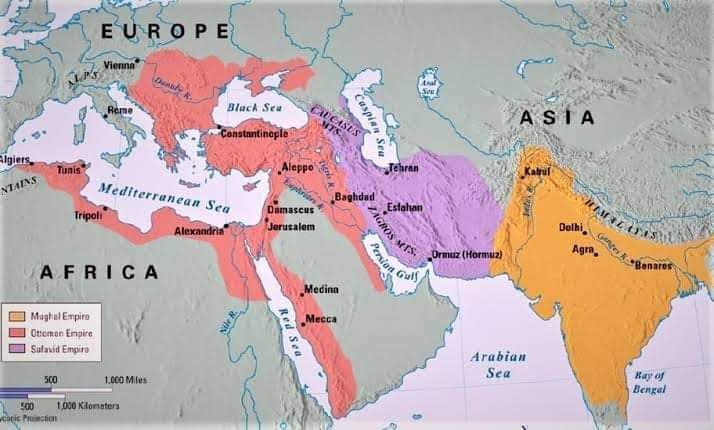
In 1615, historian Richard M. Eaton quoted, "one observer estimated the Mughal's annual revenue at 120 million silver coins, compared to 45 million for the Ottoman Empire and just 15 million for the neighbouring Iran (Safavid)."
- India in the Persianate Age: 1000-1765, p. 371
- India in the Persianate Age: 1000-1765, p. 371

Remember here the historian is talking about year of 1615 but by the year of 1700 the Mughal wealth had been increased even more.
In year of 1700 during the era of Aurangzeb, Mughal economy was more than to the combined wealth of Western Asia, Central Asia, North Asia, Southeast Europe, Western Europe and North Africa.
(Legendary Peacock Throne)
(Legendary Peacock Throne)

Yeah it is right that Mughal wealth was mostly held by nobles but the point is Mughal Empire was prosperous state not the welfare state.
We have to study the conditions of Mughal citizens from the perspective of middle ages instead of modern era
We have to study the conditions of Mughal citizens from the perspective of middle ages instead of modern era
and their comparsion with other empires of that era.
As far concerns of living conditions of common man, the living standrads of Mughal citizens were higher than Eureopens.
As far concerns of living conditions of common man, the living standrads of Mughal citizens were higher than Eureopens.
"The average person in Mughal Hindustan ate better than his European counterpart during the reign of Akbar the Great".
- The Modern World-System III.
Mughals were holding 24 percent of world's population and was most industrliazed region on the face of earth.
- The Modern World-System III.
Mughals were holding 24 percent of world's population and was most industrliazed region on the face of earth.
Historions called this period as the proto-industrliazation just like Industrial revolution of Eureope.
@MHuzaifaNizam Sir have aa look. It will be great pleasure for me.
My thread regarding Humayun's life and Babur's sacrifice
https://twitter.com/nawab_safiullah/status/1344551322993963008?s=19
• • •
Missing some Tweet in this thread? You can try to
force a refresh




